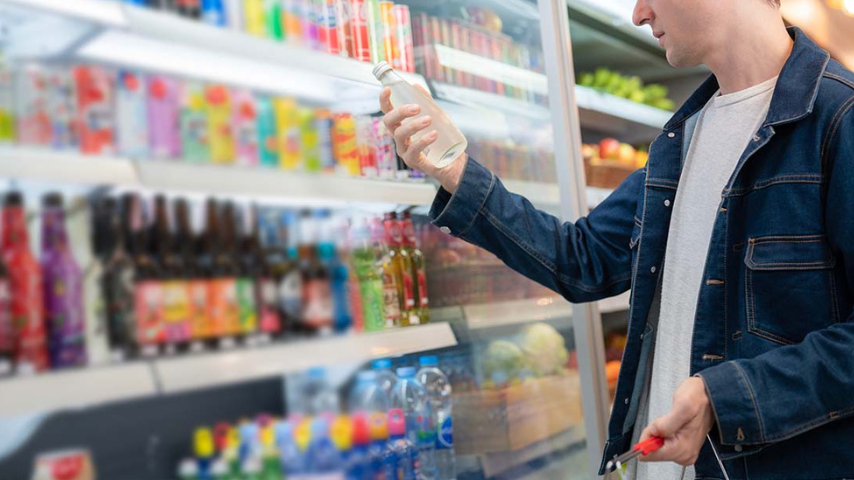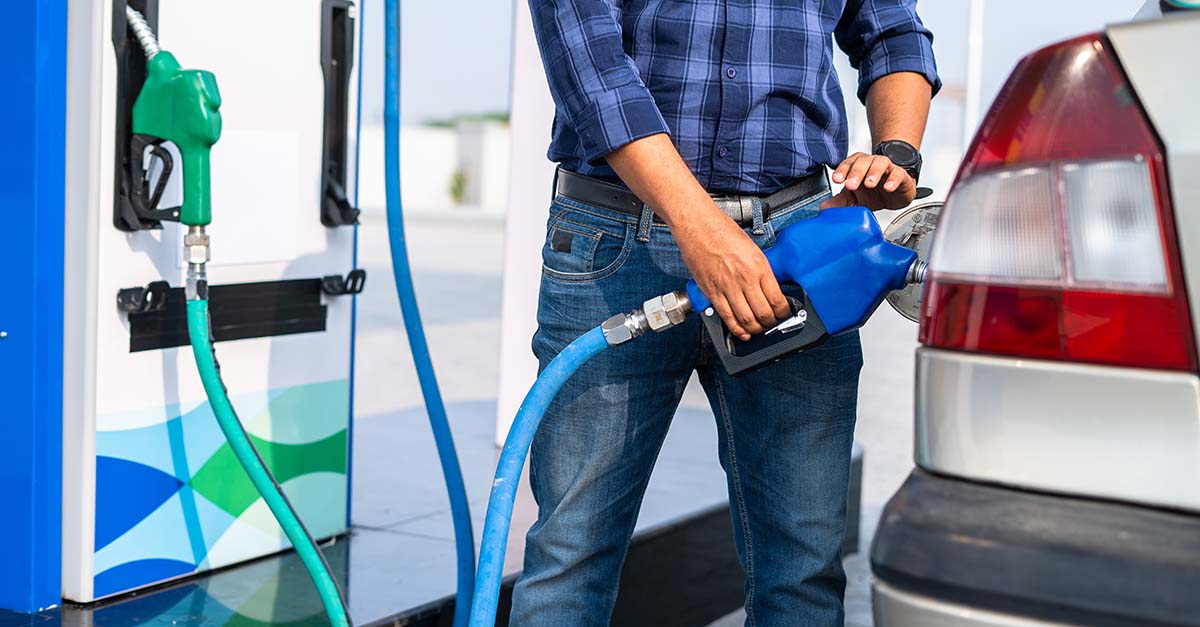Fuel & C-Store Trends by Upside
Dig into the state of retail fuel with data from 20,000+ stations and expert commentary from economists and industry veterans.

Unique, relevant insights
The insights from this series come from the largest single dashboard of fuel and c-store industry data in America, combining data from 20,000+ stations to track more than a dozen metrics. There’s nothing else like it in existence today. Fresh insights are published monthly.
Trends over time
Between colder weather and a reduction in commuting traffic over Thanksgiving, November is traditionally a slower month, and that largely bore out in 2025. The most important development from this month, however, was that regular fuel prices fell below $3 per gallon and reached their lowest levels since 2021. We dug into our data to explore why that benchmark matters and what it might indicate about prices as we turn the calendar to 2026. Read more here.
Monthly updates
Each month, we recap the trends from the past few weeks and make predictions for next month.
Our methodology
Upside believes strongly in protecting the privacy of our retail partners. To that end, we aggregate and anonymize the data we collect to make conclusions about regional and national trends without compromising privacy.
Read more about our methodology
Frequently asked questions

We’re analyzing fuel transactions (regular, midgrade, premium, and diesel) and c-store transactions from more than 21,000 stations and c-stores. Our lookback window is the previous 110 weeks to create comparisons from the previous two years.
We’re tracking the following metrics, each aggregated to the average site on the average day: transactions, revenue, units sold, revenue per transaction, revenue per unit, units per transaction, sign price, rack price, profit margin (fuel only), Upside offer, pump to c-store ratio, number of sites used to calculate a measure, and number of retailers used to calculate a measure.

Not right now. Our team is working on making the dashboard available to the public. First, we need to better understand what’s most valuable to retailers to help guide our next steps.

No. In order to protect retailer privacy, we’re only making the aggregated, anonymized data available.

We’re happy to help you with insights related to your region! Reach out to our industry experts for an answer to a specific question. Journalists are also welcome to contact our press team.

In short, we need to exclude some regions from our analysis in order to protect retailer privacy. Here’s some more context:
As we aggregate the data, we conduct a few checks to ensure that no retailers are overrepresented in their market. For that reason, if a retailer’s sites make up more than 25% of all sites on Upside within a given area, we’ll exclude some of their sites to ensure they fall below that 25% threshold, or exclude that region entirely from our analysis.
Additionally, we need to ensure that we have enough sites in every market to accurately represent the landscape. If we don’t have at least 25 sites on Upside overall in a market, we exclude the affected geography completely. These checks ensure that the data is anonymous and reflects the truth in each region.

The data from our tracker is only useful if it is reliable and accurately reflects the real world. In order to assure data quality, we enforce a minimum number of sites in an area to ensure averages are representative of the region. We filter the data down to the item level to properly define transaction types. Overall, we are committed to publishing the most accurate, relevant data possible.

We take a few steps to ensure that these metrics are fully anonymized. First, we conduct two aggregations — starting with our raw item-level data, we aggregate to create a picture of the average site on an average day. Then, we aggregate again to wider geographic levels and time horizons. These aggregations prevent the data from being cross-filtered or de-anonymized. Additionally, we exclude geographies within which a single retailer has a high concentration of sites.
Upside believes strongly in protecting the privacy of our retail partners. We never sell any of the data that we collect, because our relationships with retailers and app users alike are built upon trust. Maintaining that trust is of the utmost importance to us.
Subscribe for updates
Get the latest fuel and c-store trend updates delivered to your inbox every month.


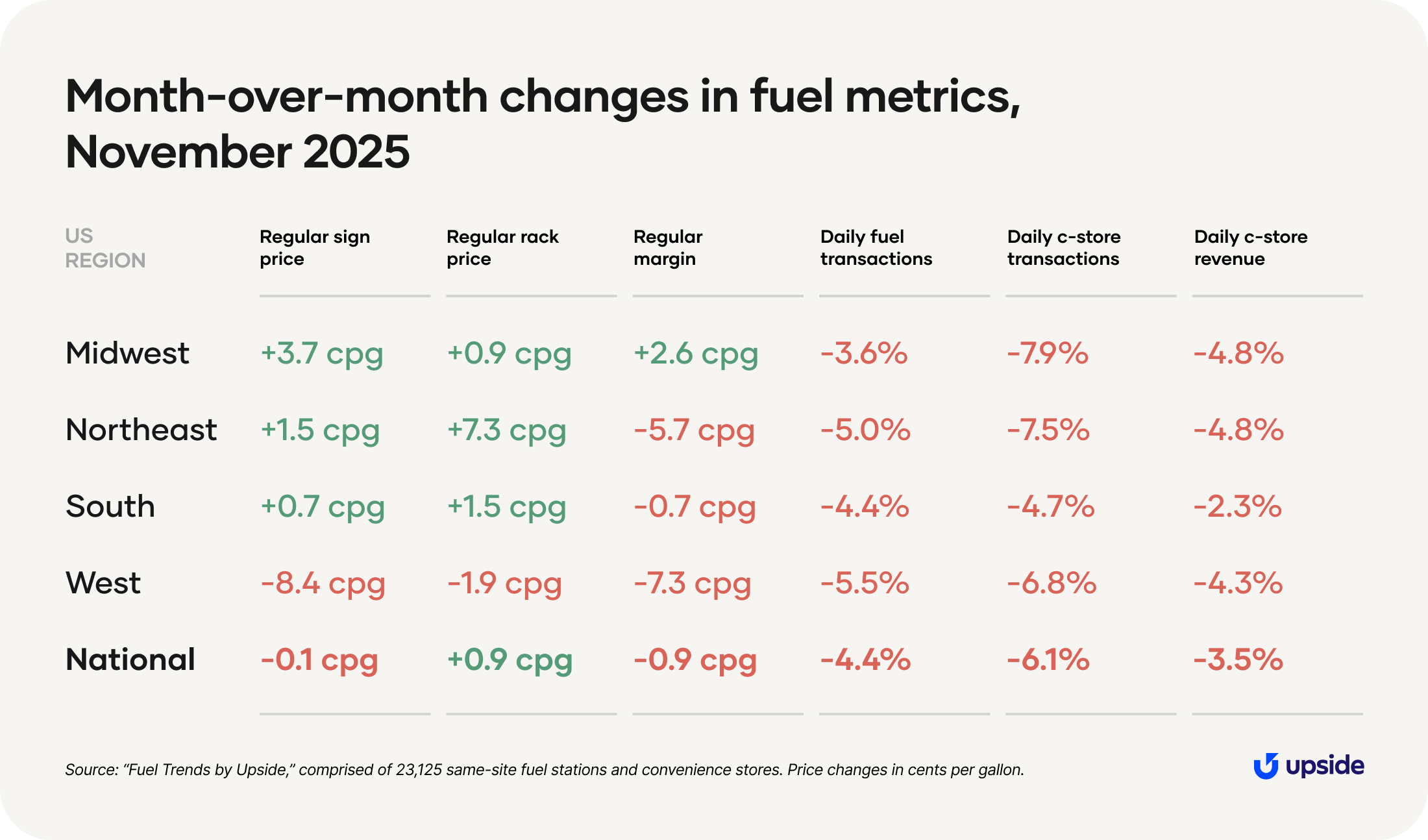
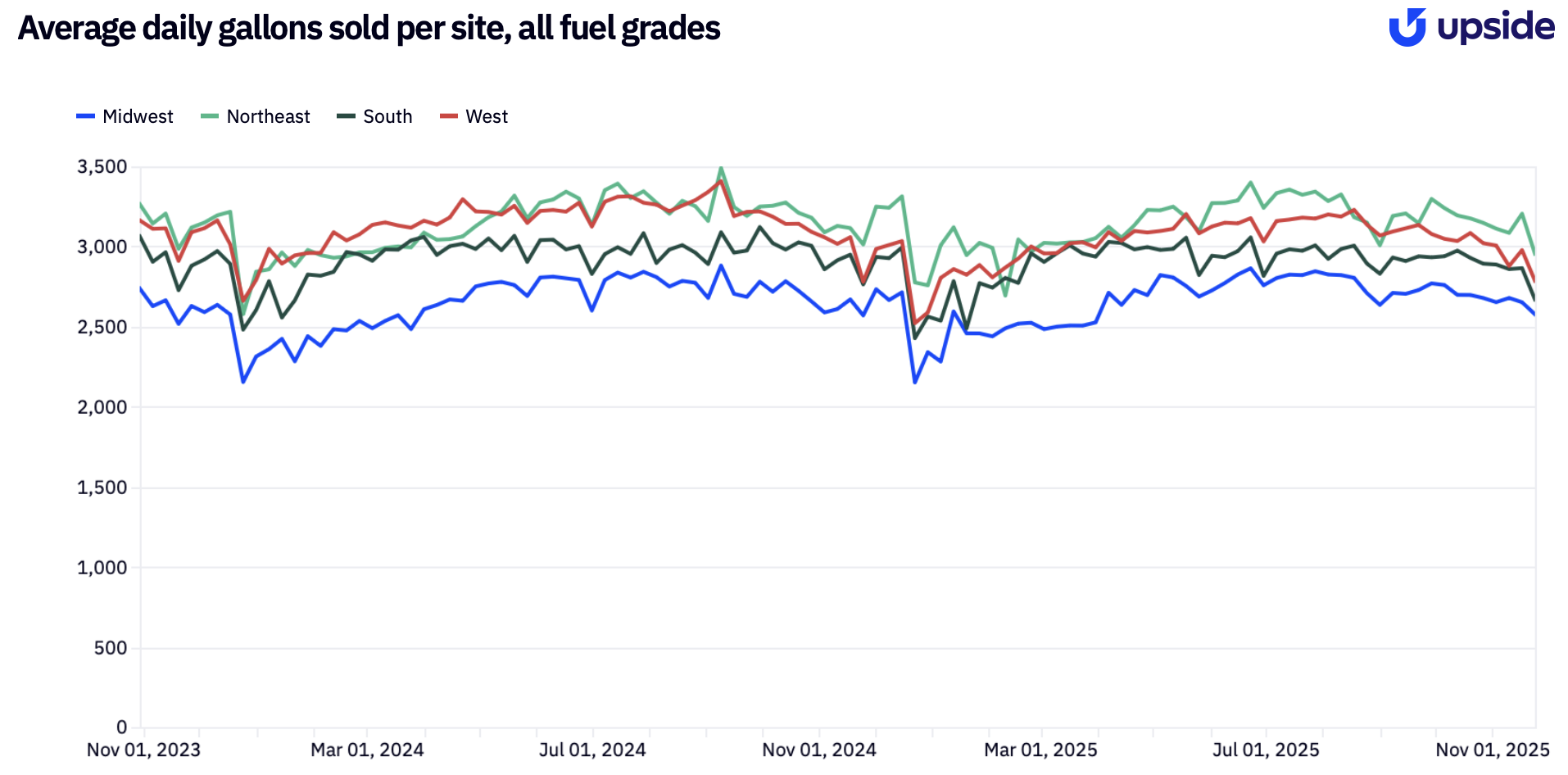
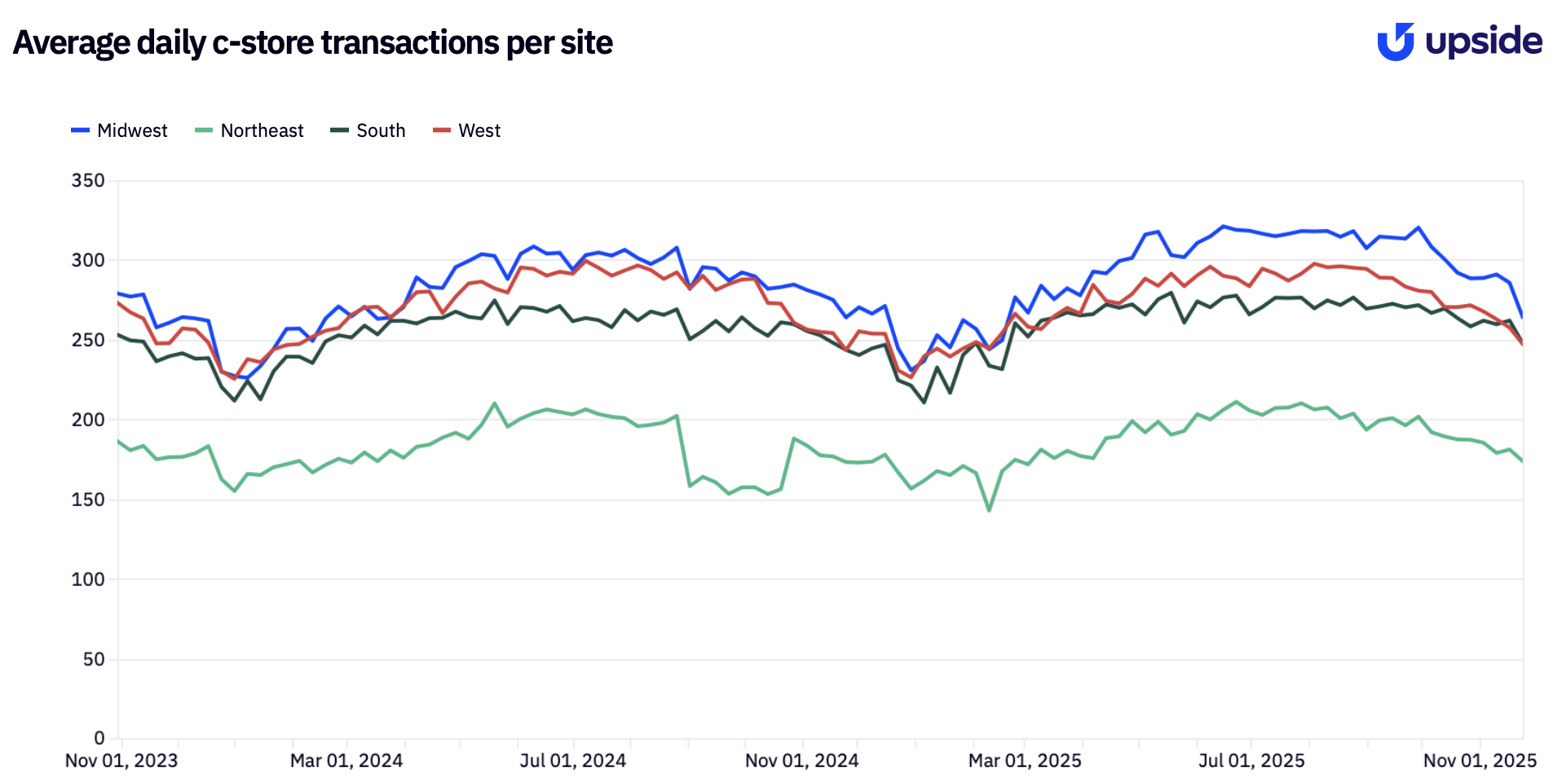


.png)
